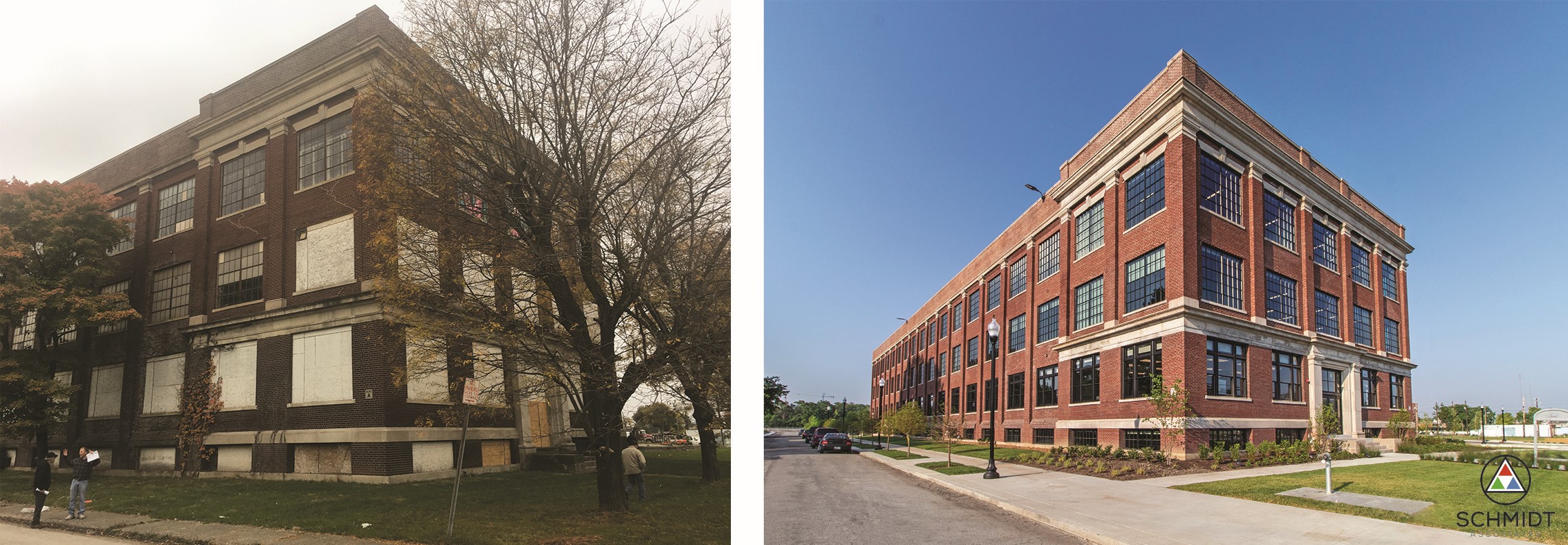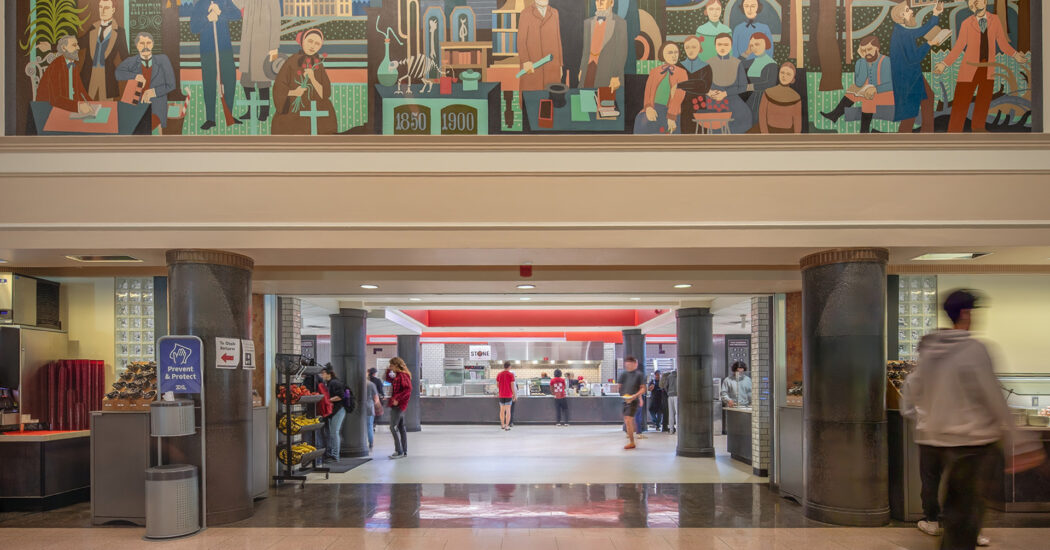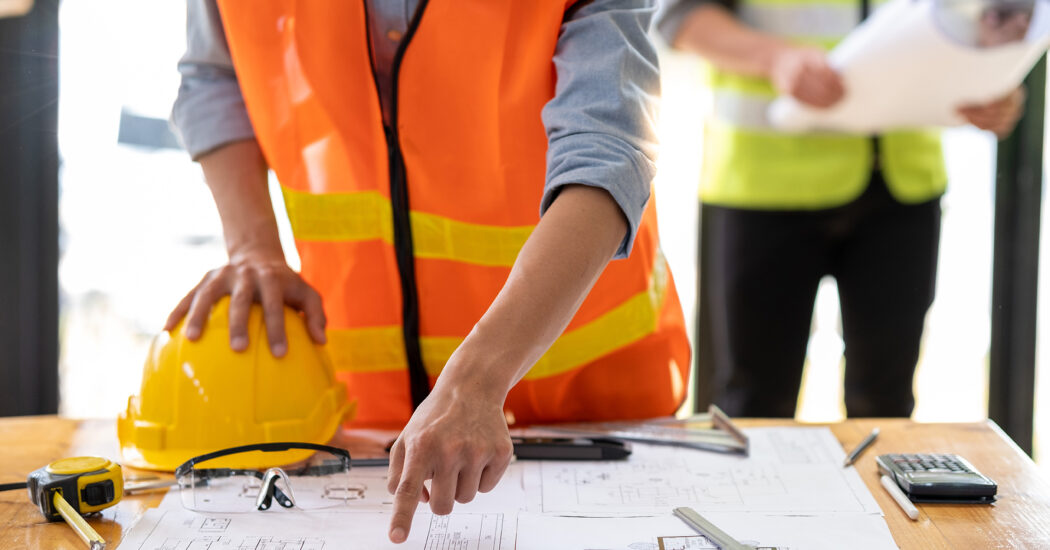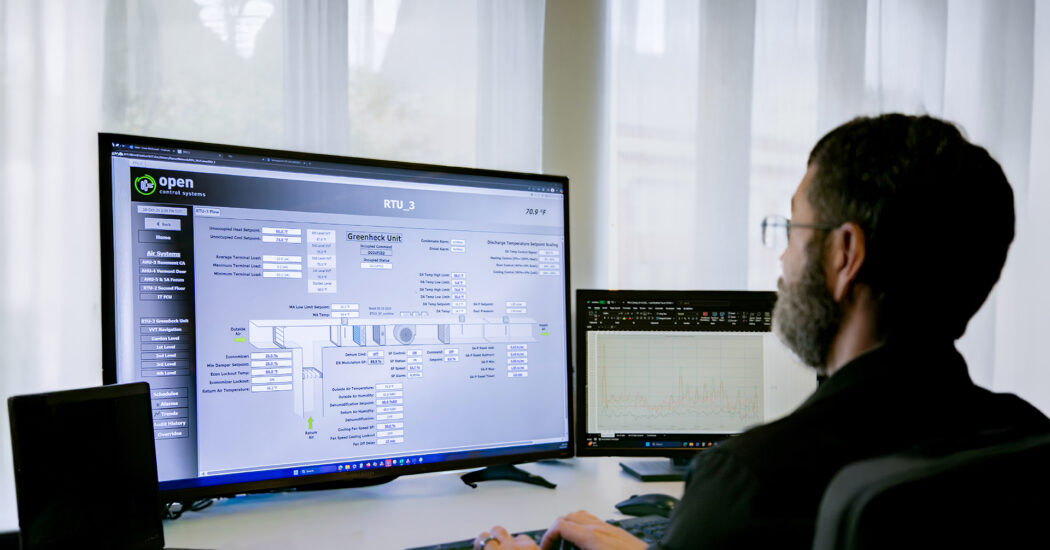Reviving the Legacy: How a Neighborhood Was Changed Through Education
-
Category
Studio-K12, Studio-Community, Perspectives, Innovation -
Posted By
Anna Marie Burrell -
Posted On
Oct 09, 2023
On Indianapolis’ Near Eastside, the P.R. Mallory factory is a place steeped in history. For half a century, this iconic site was home to pioneers in electronics, electro-chemistry, and metallurgy. However, as the years passed, the factory was closed and fell into disrepair. The building is an anchor landmark for the neighborhood, and its renovation and reuse was critical to the neighborhoods efforts to develop as Great Places 2020 neighborhood. In 2017 however, a remarkable transformation began to take place, turning this historic site into a thriving community asset.
Interested in how we preserve history through design? Learn more about the preservation briefs we follow.
A Legacy of Innovation
The P.R. Mallory factory was originally the site of the Washington Baseball Park from 1900 to 1905 before transforming into the Wonderland Amusement Park from 1906 to 1911, at which time it succumbed to a fire. In 1921, General Electric acquired the land and constructed a three-story industrial facility, complete with a powerhouse and a distinctive smokestack. This building’s design reflected the “daylight factory” style of the time, emphasizing natural light and fresh air. By 1929, the site became the headquarters for P.R. Mallory, a company at the forefront of numerous innovations that impacted everyday life, from radios to automobiles, refrigerators, and washing machines, and most notably, the Duracell battery. They also played a crucial role in producing materials for national defense during World War II. However, changes in ownership in the late 1970s led to the gradual dismantling and closure.

A Commitment to Redevelopment
Together with the Englewood Community Development Corporation and the John Boner Neighborhood Centers, our architects, engineers, and interior designers worked to create a new space for Purdue Polytechnic High School and Paramount Englewood Middle School that includes a rich history and a stunning example of historic preservation and adaptive reuse.
Our architects and engineers have been pivotal in numerous innovative projects like this—see our portfolio for more.
P.R. Mallory’s Resurgence
After the closure, the site’s future was uncertain. Initial plans considered demolishing the building, but in 2011, local preservation efforts began to take root, starting with working with Keep Indianapolis Beautiful to create the Englewood Nature Playspace and Garden. In 2017, the process was started to place the factory on the National Register of Historic Places. The redevelopment came with its share of challenges. Extensive remediation was necessary to make the site safe, and the construction process was complex, with strict National Park Service requirements for historic tax credits, a complicated funding strategy, and the challenges of working in a COVID-19 environment. However, these obstacles were overcome with determination and expertise, resulting in the preservation of the factory’s industrial history and material elements, including interior brick walls, original wood structure, steel roof trusses and elevator doors, and roof monitors.

The Future of P.R. Mallory
The redevelopment of P.R. Mallory was an integral part in the urban development of the Englewood neighborhood that helped to address the critical challenges in Indianapolis, including population loss, unemployment, and educational disparities.
As the ribbon was cut and the doors were opened, it signaled hope for the neighborhood’s future. With community projects and continued development on-campus, the building’s presence has made a positive impact. The building is a winner of Indiana Landmarks’ Cook Cup, AIA Indiana Merit Award for Preservation/Adaptive Reuse, and winner of the 2020 Monumental Award. In the end, this remarkable transformation breathes new life into history, preserving the legacy of P.R. Mallory while creating a brighter future for the Englewood Village neighborhood and Indianapolis as a whole.

Ready to be part of the next big community transformation in the Midwest? Contact us to get started.
* Excerpts in this blog were taken from the AIA Indiana presentation titled “Revitalizing a Neighborhood Through Education” on Sept. 14







